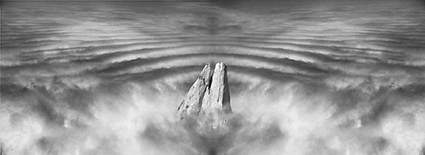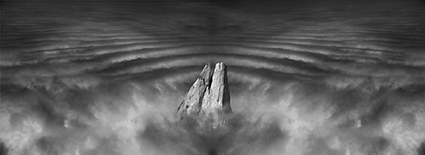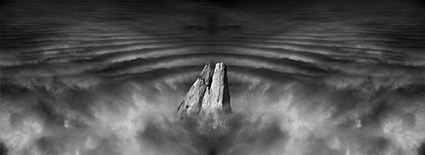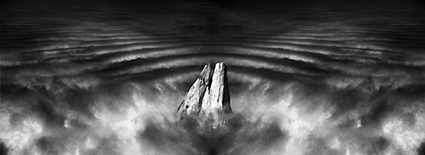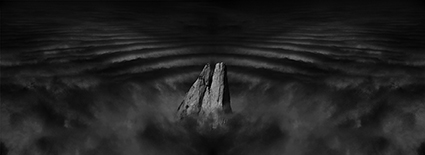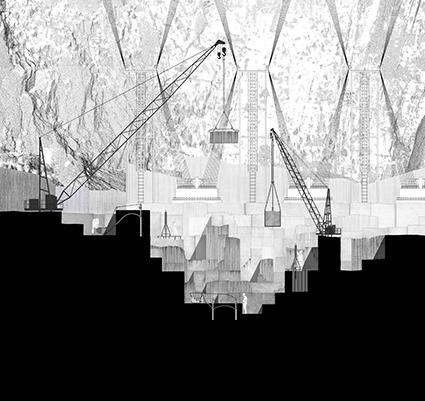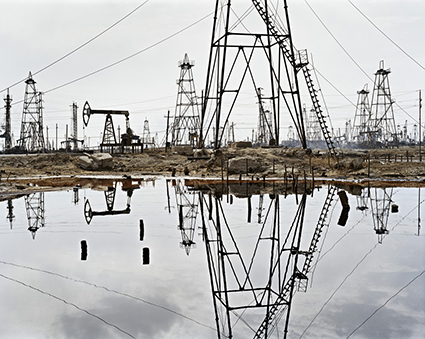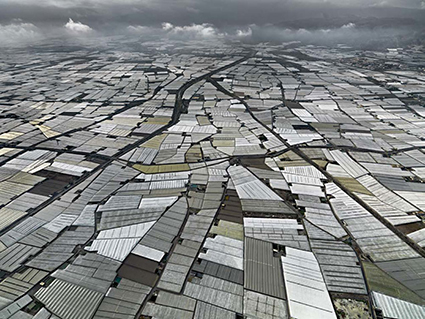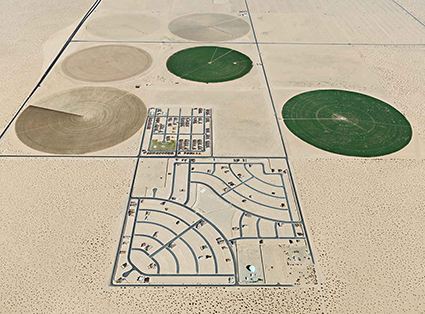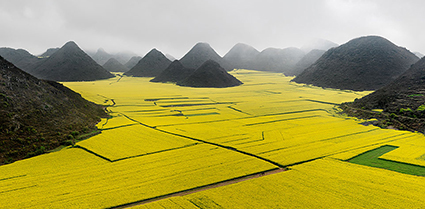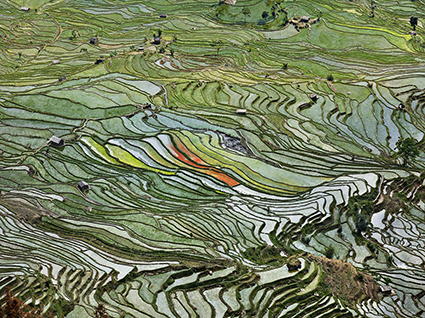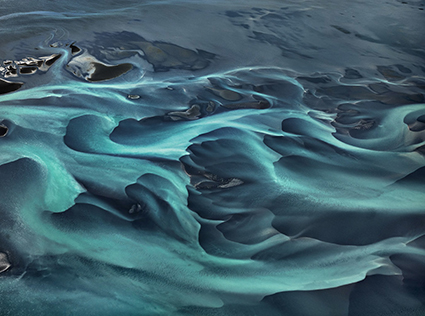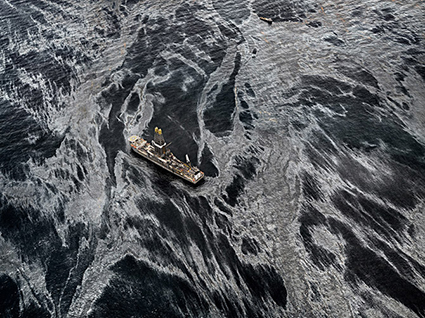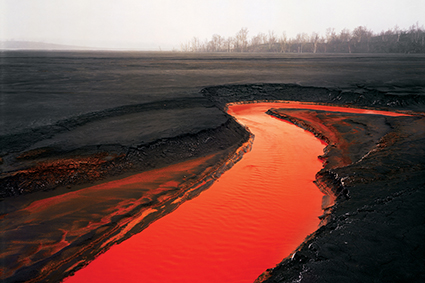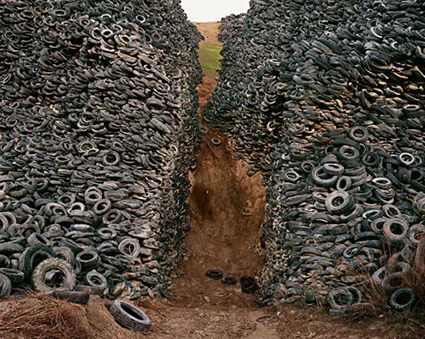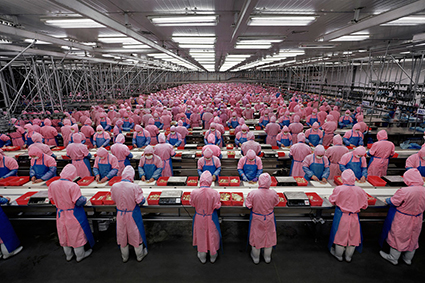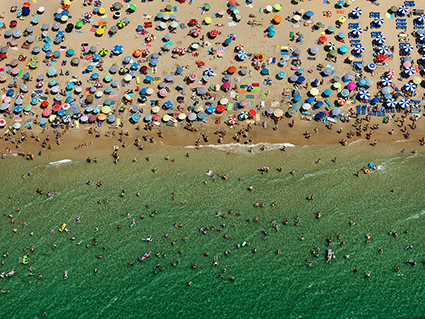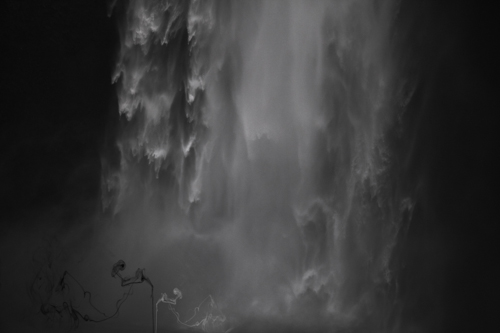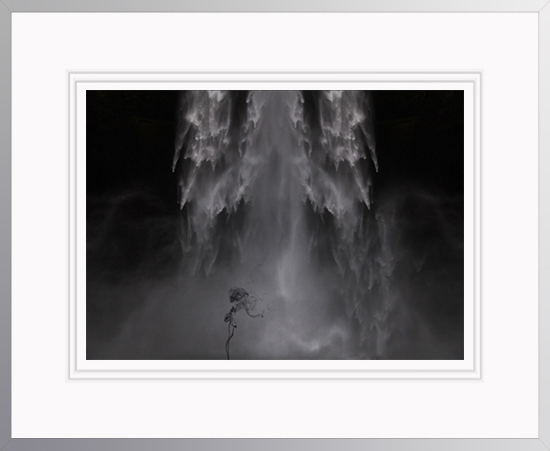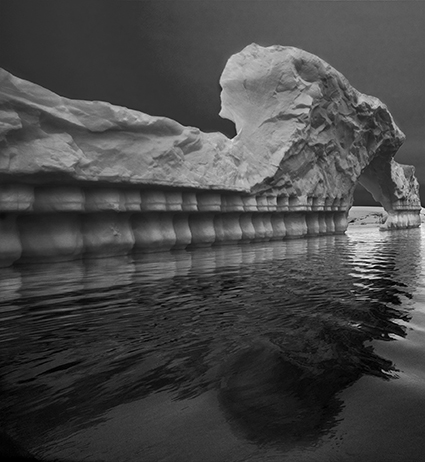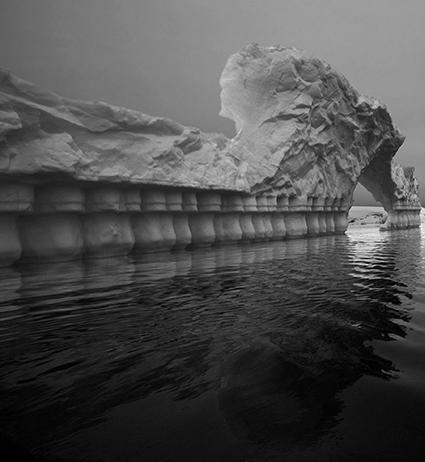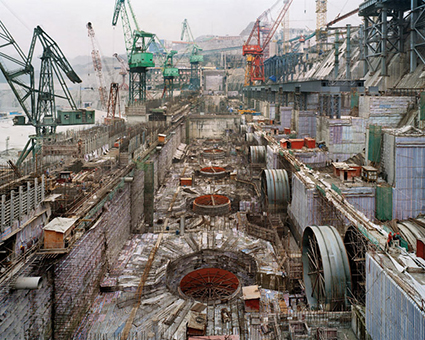
Enjoy this collection of quotes by photographer Edward Burtynsky.
“[Taking good images] is about knowing oneself and trying to listen to that kind of intuitive forces that allow you to respond more positively to one image or to one subject over another and pay attention to that emotion and to follow that and also to be aware of it.” – Edward Burtynsky
“I think you learn about pictures in yourself … being true to things that you personally respond to and this is the only way you find your original voice, by following your own instinct.” – Edward Burtynsky
“You need to have an inquiring mind. You have to ask questions (…), not accept what is given, but say: “Why is it so?” And it is in that kind of asking that you begin to get behind some of the issues that allow the world appear the way it does. So if you just accept the world the way it is and don’t question it I can’t see how you can go far creatively.” – Edward Burtynsky
“Sometimes you don’t know why you’re doing something. You’re intuitively following, to see where it leads.” – Edward Burtynsky
“Somebody referred to what I do as subliminal activism, which I like.” – Edward Burtynsky
“I wish my artwork could persuade millions of people to join a global conversation about sustainability.” – Edward Burtynsky
“We come from the nature and we have to understand what it is, because we are conected to it and we are part of it. And if we destroy nature we destroy ourselves” – Edward Burtynsky
“Nature transformed through industry is a predominant theme in my work. I set course to intersect with a contemporary view of the great ages of man; from stone, to minerals, oil, transportation, silicon, and so on. To make these ideas visible I search for subjects that are rich in detail and scale yet open in their meaning. Recycling yards, mine tailings, quarries and refineries are all places that are outside of our normal experience, yet we partake of their output on a daily basis.
These images are meant as metaphors to the dilemma of our modern existence; they search for a dialogue between attraction and repulsion, seduction and fear. We are drawn by desire – a chance at good living, yet we are consciously or unconsciously aware that the world is suffering for our success. Our dependence on nature to provide the materials for our consumption and our concern for the health of our planet sets us into an uneasy contradiction. For me, these images function as reflecting pools of our times.” – Edward Burtynsky
“Like all animals, human beings have always taken what they want from nature. But we are the rogue species. We are unique in our ability to use resources on a scale and at a speed that our fellow species can’t.” – Edward Burtynsky
“I’m working in this very complex set of issues having to do with who we are as a species and how much we can do to the Earth before it starts to buckle under. My work can easily read as an indictment, but I don’t see it as that simple a problem.” – Edward Burtynsky
“I can go into the wilderness and not see anyone for days and experience a kind of space that hasn’t changed for tens of thousands of years. Having that experience was necessary to my perception of how photography can look at the changes humanity has brought about in the landscape. My work does become a kind of lament.” – Edward Burtynsky
“Industrial landscape – define us and our belonging to the planet.” – Edward Burtynsky
“Water, like many other resources, is harvested, transported and used throughout all aspects of society. Unlike other resources, water is critical to the survival of all forms of life. The underlying question that sits at the core of my exploration is to what degree can we shape water before it begins to shape us.” – Edward Burtynsky
“I think the environmental movement has failed in that it’s used the stick too much; it’s used the apocalyptic tone too much; it hasn’t sold the positive aspects of being environmentally concerned and trying to pull us out.” – Edward Burtynsky
“Digital photography and Photoshop have made it very easy for people to take pictures. It’s a medium that allows a lot of mediocre stuff to get through.” – Edward Burtynsky
“I wish I could create an IMAX film that would make my work accessible to a broader audience.” – Edward Burtynsky
“I wish we could launch a ground-breaking competition that motivates kids to invent new ideas in sustainable living.” – Edward Burtynsky
Read more in The Essential Collection Of Quotes By Photographers.
View more in 12 Great Photographs By Great Photographers.
View more in The Essential Collection Of Documentaries On Photographers.



